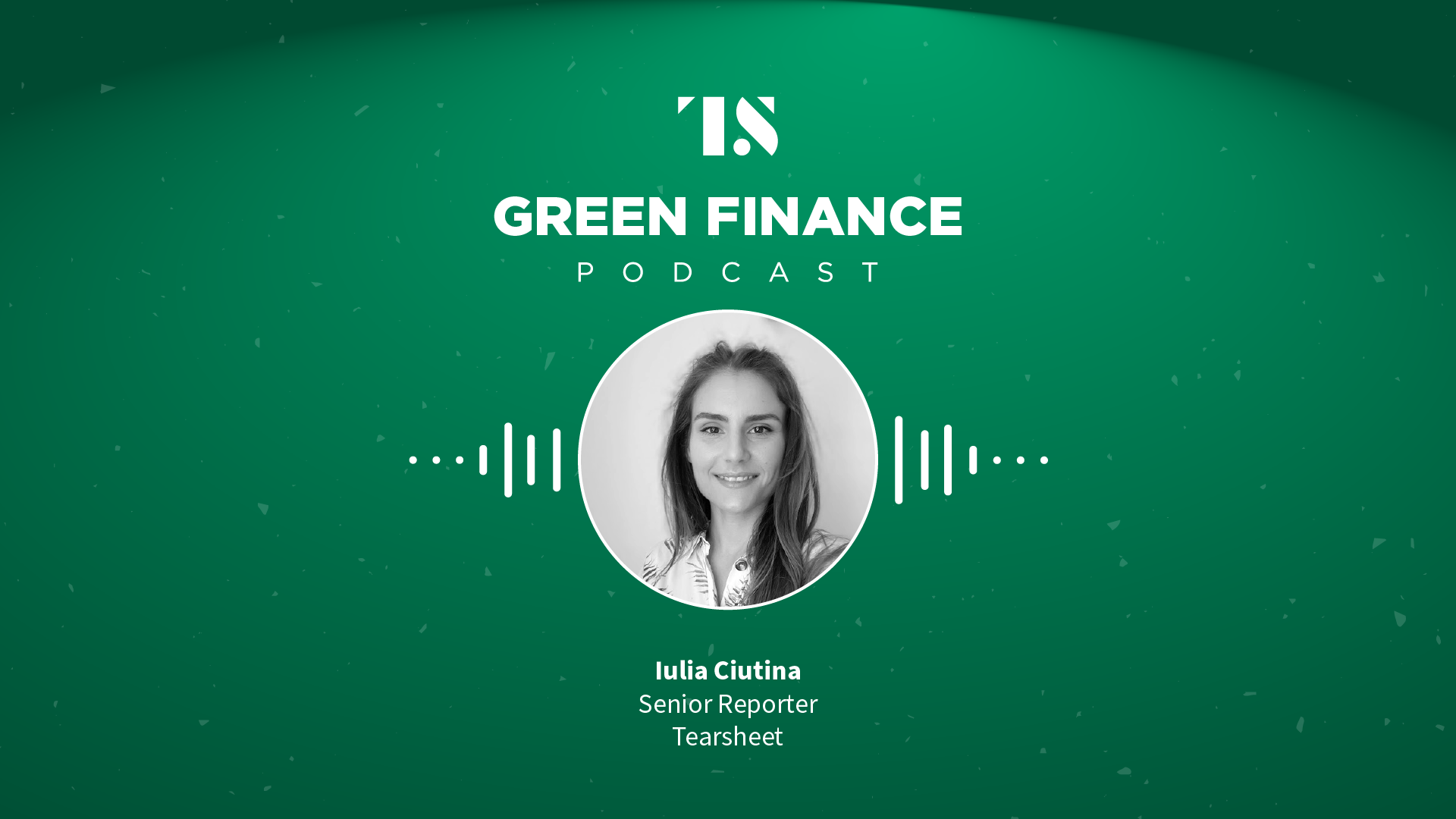The Green Finance Podcast
The Green Finance Podcast Ep. 5: The rise of carbon offsets with Patch CEO Brennan Spellacy
- The carbon offsetting market has grown tremendously over the past few years, attracting a lot of interest from banks, fintechs, and investors.
- In today's episode, we chat with Patch CEO Brennan Spellacy about how the fintech enables financial providers to embed carbon footprinting and offsetting into their products.








